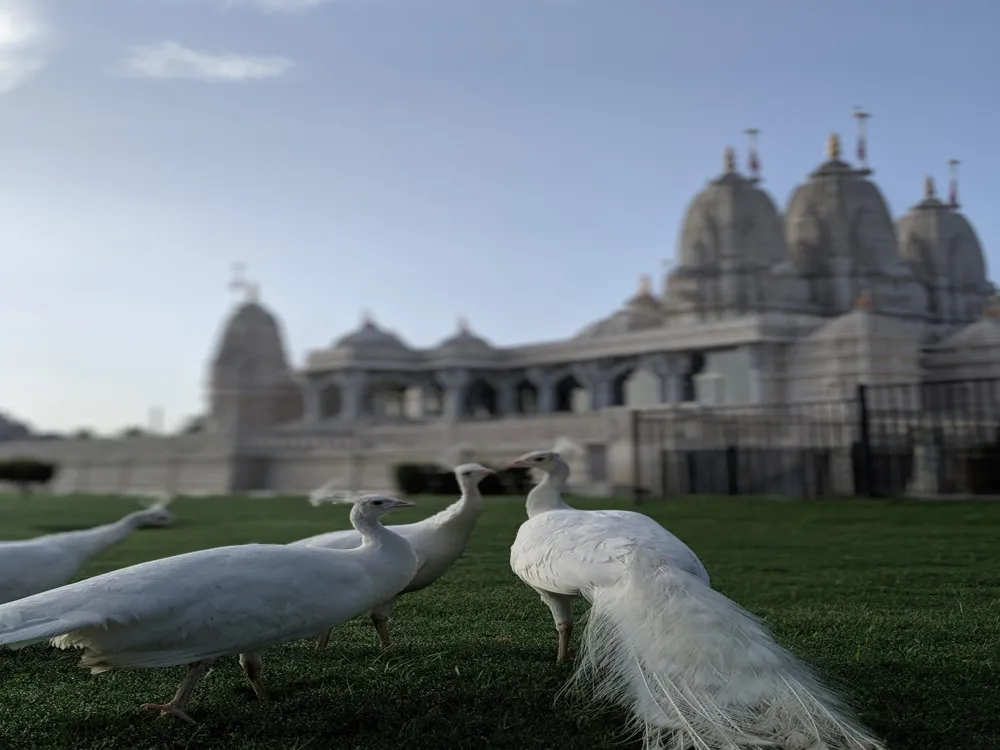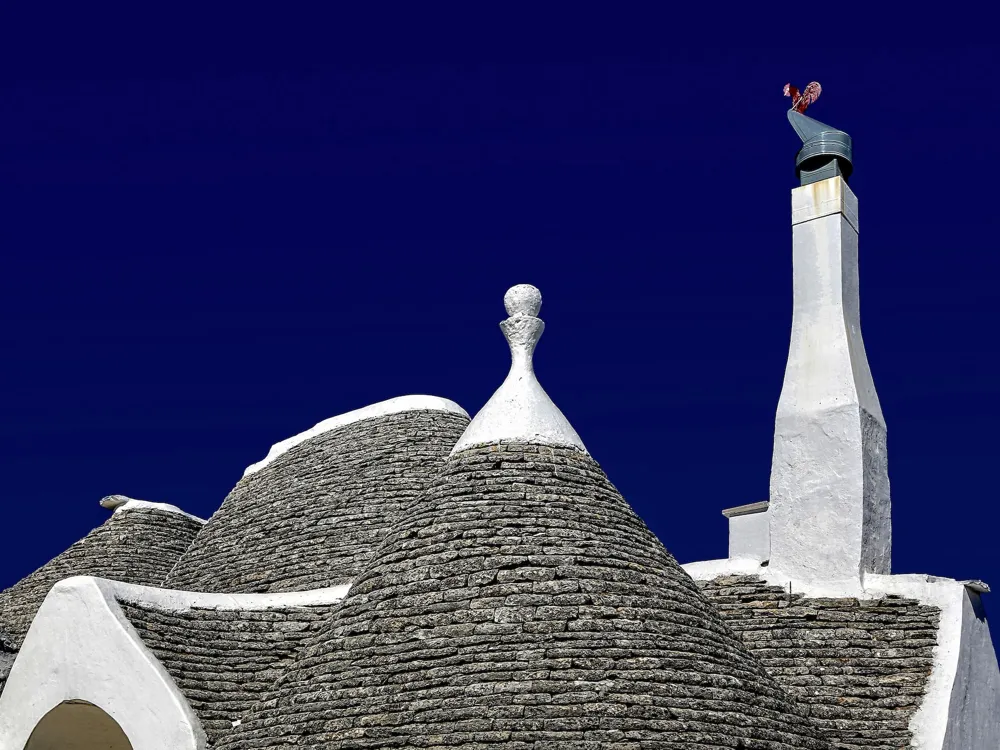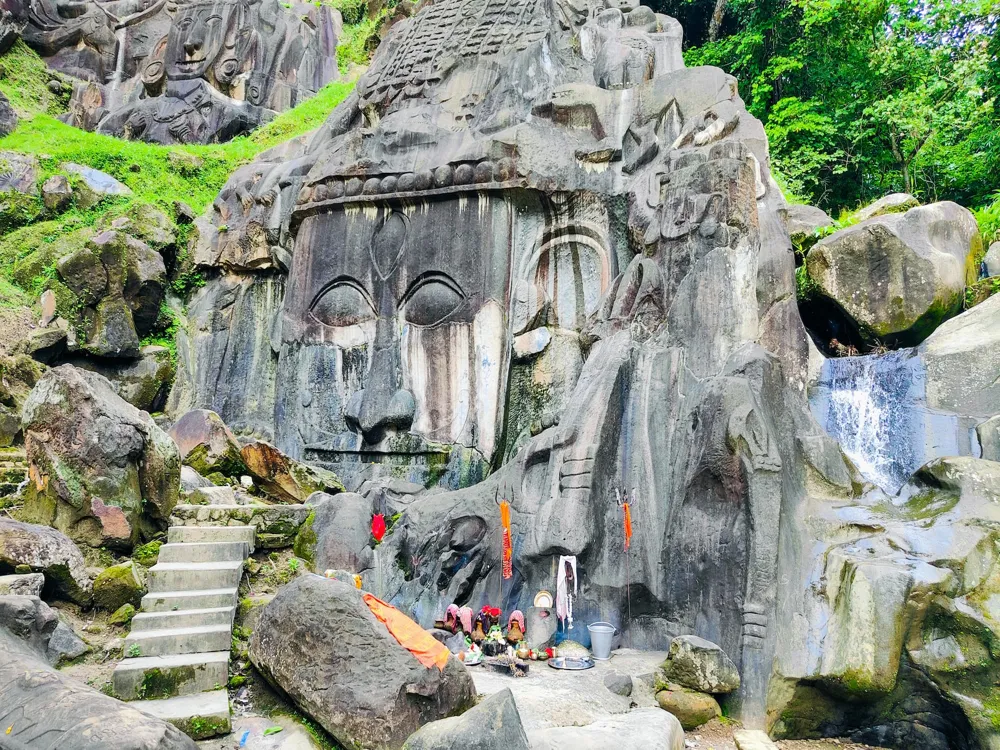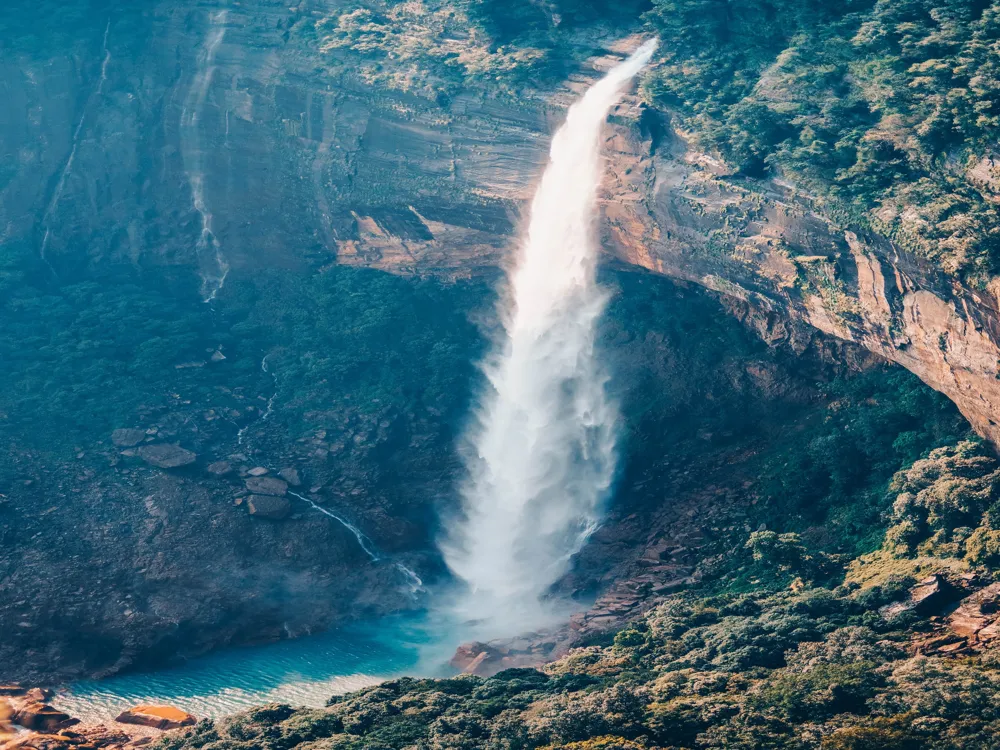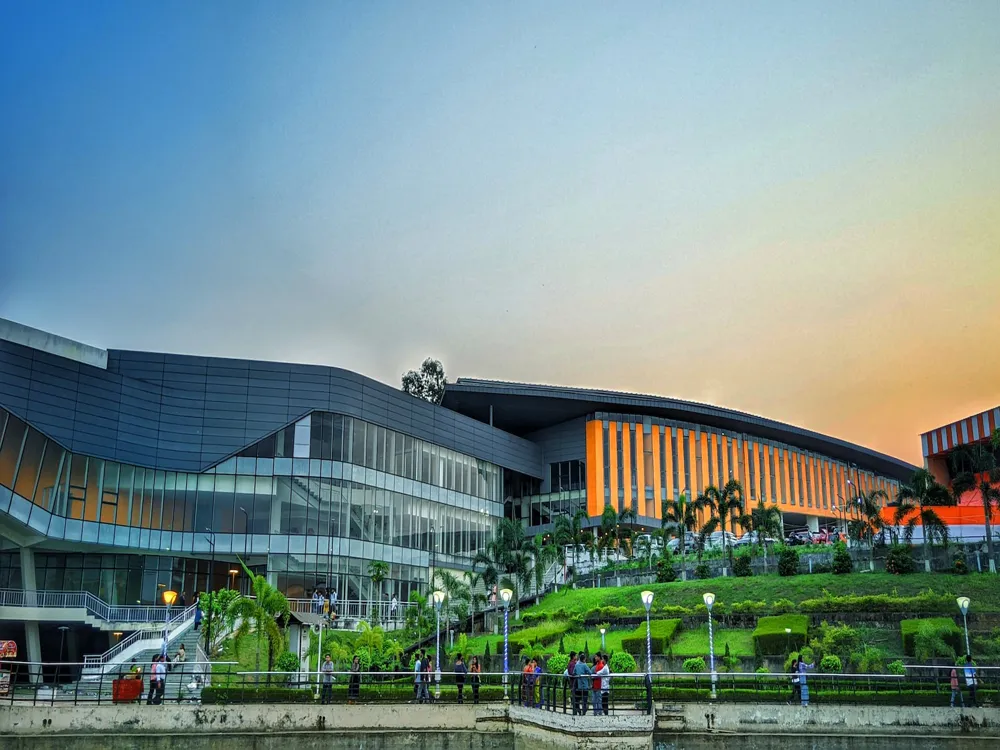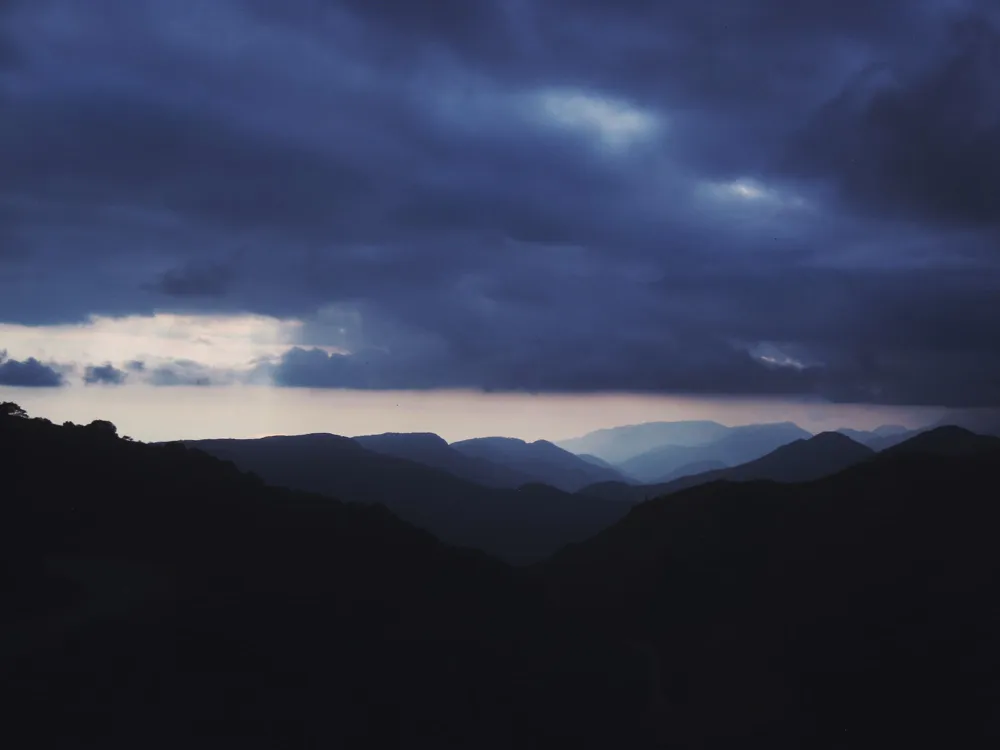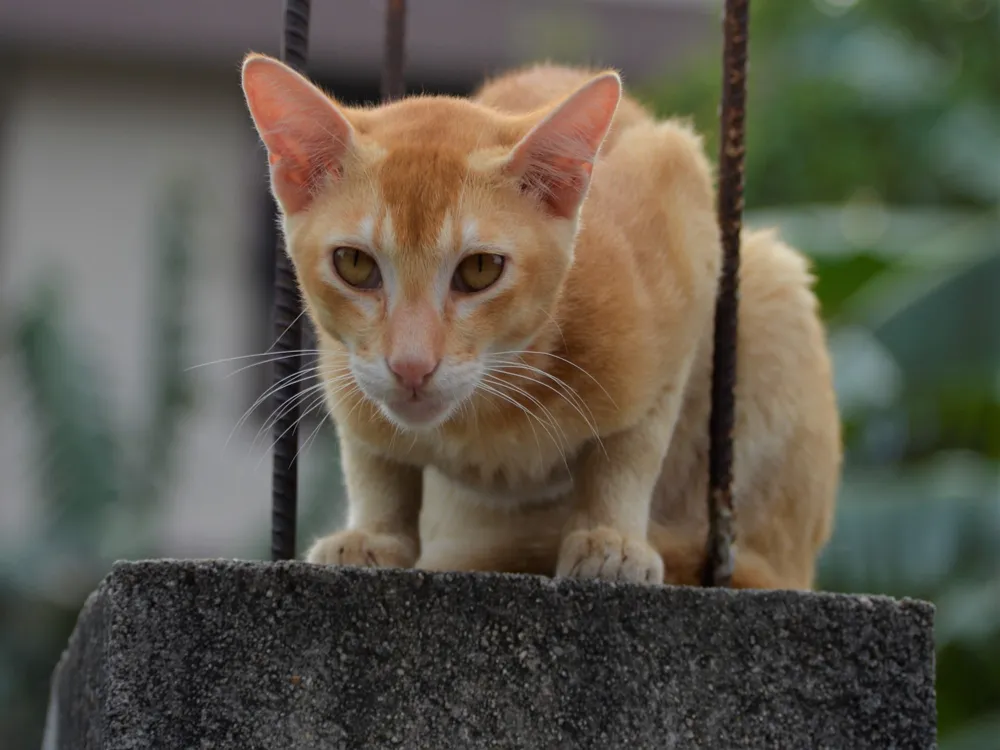Nestled in the verdant landscapes of Tripura, the tea estates of Kailashahar are a hidden gem for tea enthusiasts and travelers alike. These estates, with their rich history and unique geographical location, offer an exquisite variety of tea that is both flavorful and aromatic. The climate of Kailashahar, characterized by its mild temperatures and ample rainfall, creates an ideal environment for tea cultivation. This has led to the growth of numerous tea gardens sprawling across the region, each with its distinct charm and tea varieties. The journey of tea in Kailashahar began in the early 20th century, with the establishment of the first tea gardens. Since then, these estates have grown exponentially, contributing significantly to the economy of Tripura. The tea produced here is known for its bright color and strong flavor, attributed to the unique soil composition and climatic conditions of the region. Visitors to these estates can witness the entire tea production process, from plucking fresh tea leaves to the final stages of processing and packaging. The architecture of the tea estates in Kailashahar is as mesmerizing as the landscapes they inhabit. These estates are not just about vast stretches of tea gardens; they are also about the elegant bungalows, processing units, and the overall layout that speaks volumes about their colonial past and modern adaptations. The bungalows, often built during the British era, exhibit a blend of colonial and traditional Indian architectural styles. They feature high ceilings, spacious verandas, and large windows designed to offer relief from the humid climate while providing panoramic views of the surrounding gardens. The processing units within these estates are a blend of old and new. While some have preserved the machinery and methods from the days of the British Raj, others have incorporated modern technology to enhance efficiency. The design of these units is primarily functional, focusing on maximizing space for the processing and storage of tea leaves. However, they still retain an old-world charm, with their red brick structures and large wooden doors. The ideal time to visit the tea estates of Kailashahar is between November to March. During these months, the weather is pleasant, making it perfect for exploring the gardens and witnessing the tea harvesting and processing. It’s recommended to wear comfortable clothing and sturdy shoes as you will be walking through the gardens. Don't forget to carry a hat and sunglasses for protection against the sun. Opt for guided tours offered by many estates. These tours provide in-depth knowledge about the tea-making process and often conclude with a tea-tasting session. Kailashahar is well-connected by road and air. The nearest airport is Maharaja Bir Bikram Airport in Agartala, from where you can hire a taxi or take a bus to Kailashahar. The journey offers scenic views of the lush greenery and hills of Tripura. Alternatively, there are regular bus services from major cities in the northeast to Kailashahar. Read More: Best Time to Visit KailashaharOverview of Tea Estates in Kailashahar, Tripura
Architecture of Tea Estates in Kailashahar, Tripura
Tips When Visiting Tea Estates
Best Time to Visit
Dress Appropriately
Guided Tours
How To Reach Tea Estates in Kailashahar, Tripura
Tea Estates
Kailashahar
Tripura
NaN onwards
View kailashahar Packages
Kailashahar Travel Packages
View All Packages For Kailashahar
Top Hotel Collections for Kailashahar

Private Pool

Luxury Hotels

5-Star Hotels

Pet Friendly
Top Hotels Near Kailashahar
Other Top Ranking Places In Kailashahar
View All Places To Visit In kailashahar
View kailashahar Packages
Kailashahar Travel Packages
View All Packages For Kailashahar
Top Hotel Collections for Kailashahar

Private Pool

Luxury Hotels

5-Star Hotels

Pet Friendly






